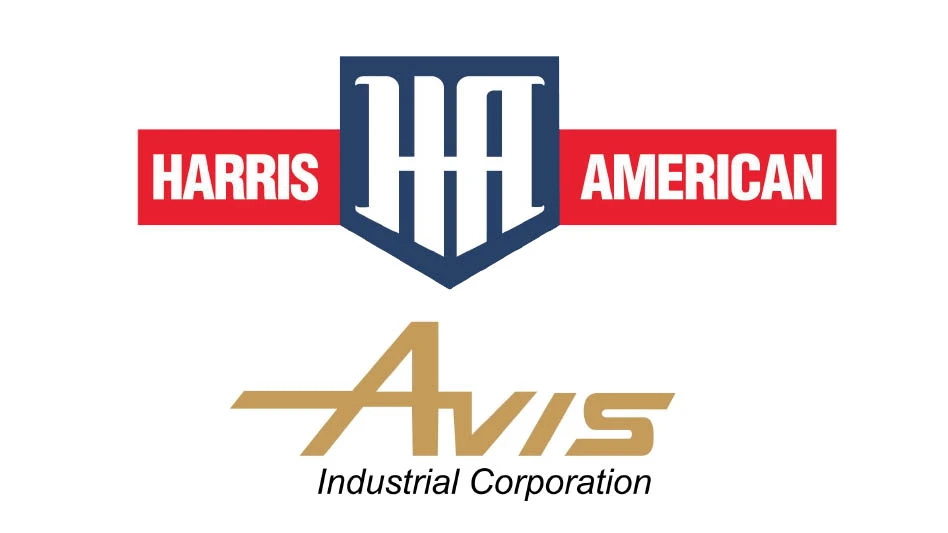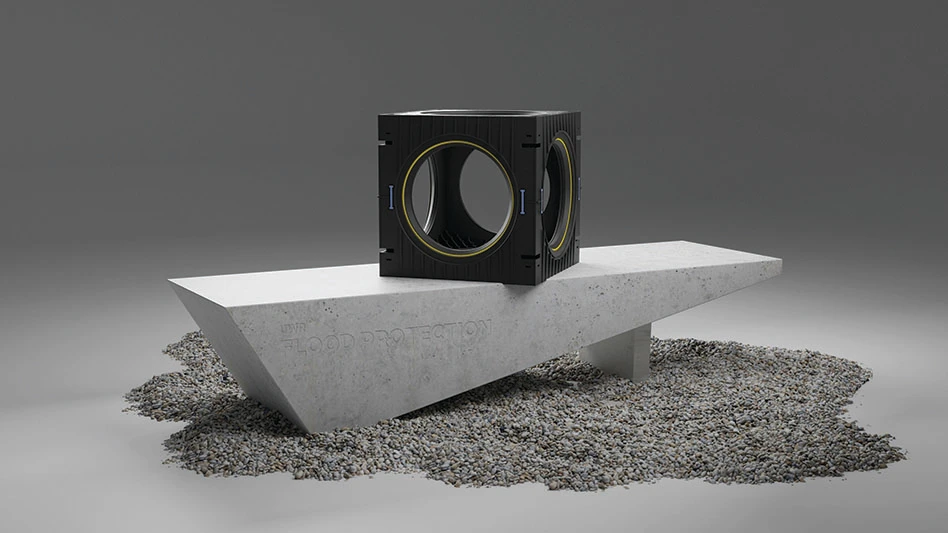
In the recovered fiber sector, buyers continue to plead with suppliers to send shipments that are as clean as possible.
Simon Ellin, chief executive of U.K.-based The Recycling Association, says the association’s members are very aware of mills’ quality demands and concerns.
“I think, more and more, quality is becoming a focus for our industry—we’re very quality conscious,” Ellin says.
The association is working to launch technology next year called “Traca” that will help members track the source and quality of recovered fiber, he says.
While recyclers in the U.K. and Europe are working to improve quality, mill buyers of recovered fiber at the Paper Mill Buyers Panel session during the 2019 Paper & Plastics Recycling Conference Europe, held Nov. 5-6 in Barcelona, Spain, issued recyclers a report card that was less than perfect. A panel of four recovered fiber buyers representing mills across the paper, board and tissue subsectors also indicated they have invested to increase their ability to measure and monitor the scrap paper shipped by their suppliers.
Unease among European buyers
Mark Dockx, who buys fiber for a graphic papers mill in Belgium that is operated by Finland-based Stora Enso, said it is “impossible to make white paper out of board that is brown.”
Dockx said Stora Enso sorts about 480,000 metric tons per year of recovered fiber at a plant near its Langerbrugge, Belgium, mill; but, even with this quality control measure, it can be challenging because “paper is not collected in all containers the same way” in Western Europe.

He was particularly derisive toward the mixed paper grade. “Mixed paper is not a product or a raw material” since it is “not ready to use” by his mill, which makes newsprint and magazine paper, or by many other mills, Dockx said.
In another conference session, David Powlson, director of Poyry Management Consulting, Finland, advised shifting away from producing mixed paper in Europe, saying there were “inherent risks in collecting more and more mixed paper.”
Luigi Trombetta of Italy-based tissue maker Lucart SpA expressed concern about the overall decline of graphic paper use, which has made purchasing sufficient high-grade recovered fiber difficult. “Unfortunately for us, graphic paper as a source of fiber is shrinking; that loop is getting smaller,” he said.
The scarcity of sorted office paper (SOP) and other high grades has been a factor in Lucart’s decision to make light-brown napkins and tissue not only for the away-from-home market but also for household use.
Packaging board mill buyers from Spain-based Saica and U.K.-based DS Smith each described methods their companies are using to measure the quality of inbound bales received by their mills.
“Anyone who hits [a high moisture reading] too often is not to remain a supplier.” – Luigi Trombetta, raw materials purchasing manager, Lucart SpA
Jean-Louis Galharret of Saica said personnel at its mills are “drilling” into bales to extract a sample for moisture measurements. He said that technique has been added to others (such as taking photos and videos of bales) to document quality, adding that Saica is “always thinking how to improve” its quality measurement procedures.
Nuno Messias, who is in charge of fiber procurement for two DS Smith mills in Spain and another in Portugal, said some of its incoming bales undergo a “near-infrared (NIR) core drilling” process that can measure for moisture, ash and plastics.
Galharret and Messias indicated that their companies will make lower payments to suppliers with moisture levels that measure higher than a predetermined ceiling.
“Anyone who hits [a high moisture reading] too often is not to remain a supplier,” Trombetta added.
Messias said China’s strict quality regulations for imported scrap paper have helped eliminate “two qualities” of recovered fiber: a lower quality for export to China and a higher quality for the European market.
Dockx said it was the fault of European and North American shippers that China had partially withdrawn from the global recovered fiber market. “We sent them all the [crap] we didn’t want,” he said. “It’s as simple as that.”
Global recovered fiber demand
Despite quality concerns among buyers in Europe, presenters at the conference said recovered fiber demand still exists, though it is a bit flatter than usual.
During a session titled Sector Analysis: Paper & Board Production, Bill Moore of Moore & Associates, Atlanta, said world recovered paper demand has been flat to down over the last 10 years, with Europe’s exports declining a bit more than U.S. exports.
“Sometimes we forget that we are working in a growth industry.” – David Powlson, director, Poyry Management Consulting
Moore said the trend in average annual old corrugated container (OCC) pricing in North America has been upward; however, supply no longer dries up the way it used to in response to low pricing, which keeps pricing at the bottom longer, he explained.
The U.S. has been adding containerboard capacity, which has led to concerns about excess capacity, though Moore said some of these projects, including CorrVentures in Albany, New York, and Crossroads Paper in Salt Lake City, appear to be in question. Many of these mills plan to use some mixed paper in addition to OCC, he said, which has been the case in Europe for some time.
Poyry Management Consulting’s Powlson said world demand for paper and board is projected to grow by 1.2 percent annually, reaching 489 million metric tons by 2030. “Sometimes we forget that we are working in a growth industry,” Powlson added.
While one-third of paper production consists of writing and graphic papers, he said growth in paper and board production is centered around packaging, with Chinese demand projected to increase, while North America and Western Europe will remain flat.
Given China’s growth demand and its current restrictions on recovered fiber imports, Powlson said the country has five possible options for sourcing fiber: planting and using more trees, importing wood, importing recycled pulp, importing recovered paper and more domestic paper recovery. A blend of the above solutions likely will occur, he said.
While demand for recycled fiber has far from disappeared, it’s clear that buyers globally are emphasizing quality.

Explore the December 2019 Paper Recycling Supplement Issue
Check out more from this issue and find your next story to read.
Latest from Recycling Today
- Enfinite forms Hazardous & Specialty Waste Management Council
- Combined DRS, EPR legislation introduced in Rhode Island
- Eureka Recycling starts up newly upgraded MRF
- Reconomy Close the Gap campaign highlights need for circularity
- Nickel carbonate added to Aqua Metals’ portfolio
- EuRIC, FEAD say End-Of-Life Vehicle Regulation presents opportunity for recyclers
- Recyclers likely to feel effects of US-China trade war
- BCMRC 2025 session preview: Navigating battery recycling legislation and regulations






